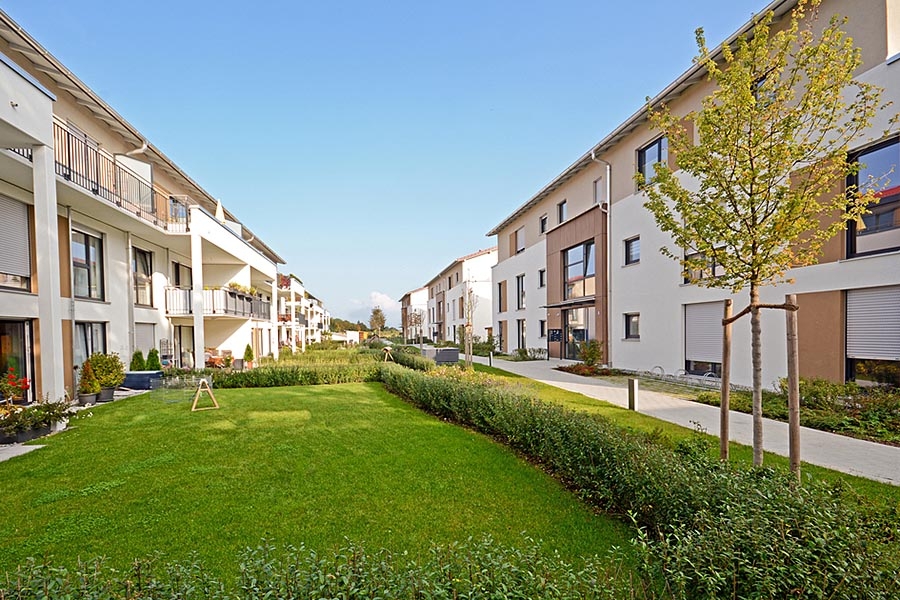Share this article! The concept of sharing office space in Portland arguably got its start with developer/architect Kevin Cavenaugh more than ten years ago and has since grown to include dozens of startup incubators and most recently venture backed startups like WeWork that scale the idea nationally. Now, in yet another spin on “everything old … Read more
The concept of sharing office space in Portland arguably got its start with developer/architect Kevin Cavenaugh more than ten years ago and has since grown to include dozens of startup incubators and most recently venture backed startups like WeWork that scale the idea nationally.
Now, in yet another spin on “everything old is new” lifestyle trends, a new crop of “co-living” companies are developing shared residential accomodations for the sharing economy generation.
To wit: WeWork’s sister company, WeLive, recently opened its first co-living apartments in New York City. And the New Yorker this week published one of its signature long articles on the co-living trend featuring startups like Pure House and Common.
Each company has a slightly different take on the model. But in general, co-living offers renters access to a private or semi private bedroom, plus a raft of shared living spaces (kitchens, workout rooms, bars/coffee dens) and apps offering additional on-demand amenities and social activities.
I caught up with one of Portland’s pioneering co-housing developers, Eli Spevak of Orange Splot, to get his perspective on the trend.
Spevak, whom I first profiled ten years ago in this New York Times article, said he was in discussion with Oakland-based OpenDoor about bringing its co-living model to Portland.
Co-housing communities have traditionally offered families independent living units with shared amenities, Spevak says. By contrast, the new co-living model harks back to the boarding house or group house.
Communal living has always been popular with college students and twenty somethings. Now people are remaining in shared housing for 10-20 years, a trend fueled by rising housing costs and a renewed enthusiasm for community.
Meanwhile, cities possess a large stock of stand alone homes designed for large families that no longer exist, says Spevak.
It’s a perfect storm. Startups like OpenDoor refurbish existing houses for group living, adding a new layer of on-demand service and amenities for a generation eager to connect.
These companies essentially act as property managers, Spevak opines.
Once a group house gets bigger than 4-6 people, it can be difficult to manage the logistics: kitchen cleanup, noise complaints etc. So a company like Full House, he says, provides the services and management that enables more residents to co-exist in the same space — happily.
The business model is also compelling.
“Say you rent out four bedroom house, people might put in $1,200 bucks per bedroom,” Spevak says. But once you rent out an eight-bedroom house, the fee per room drops considerably, triggering diminshing returns for landlords.
“What these companies are figuring out is you can beef up costs by offering co-living services and a really nice environment,” Spevak says.
Aprartment scale co-living, like the WeLive model, capitalizes on the desire of young people who are tethered to electronic devices but crave in person connections with like-minded peers.
“They don’t want to work all day, then come home and crash,” says Spevak. “They want to meet people. They want a social life.”
The New Yorker article cites a leaked pitch from WeWork projecting that co-living would account for 21% of its revenue — $605.9 million — by 2018.
That article is correct,” Spevak says. “It’s a growing market and not just for the young. You’ll see it take off in other age ranges.”




